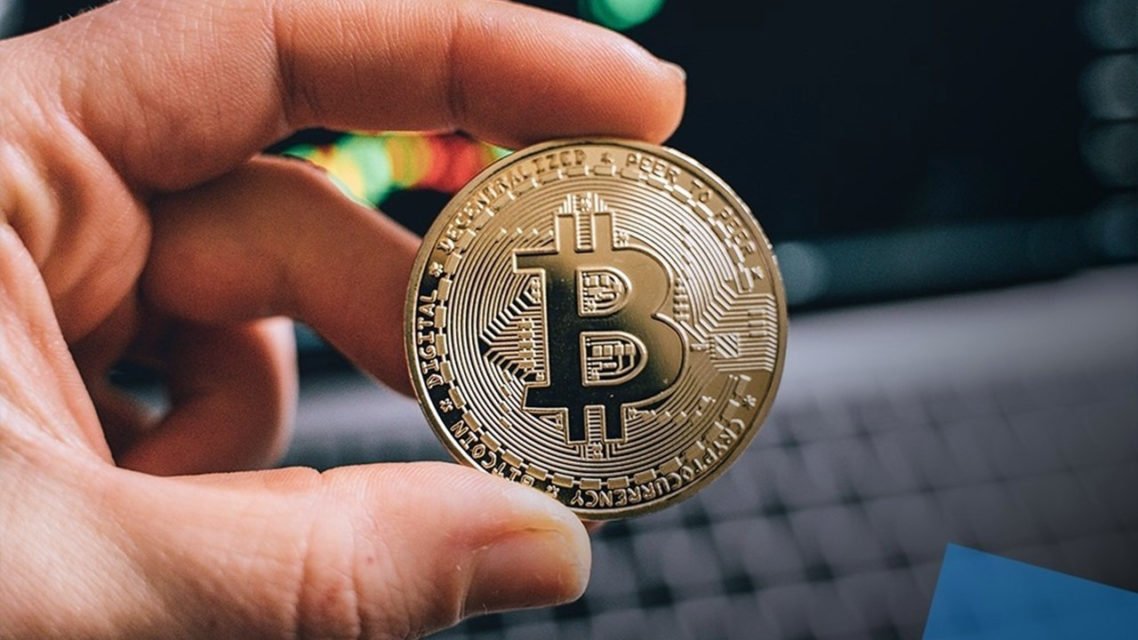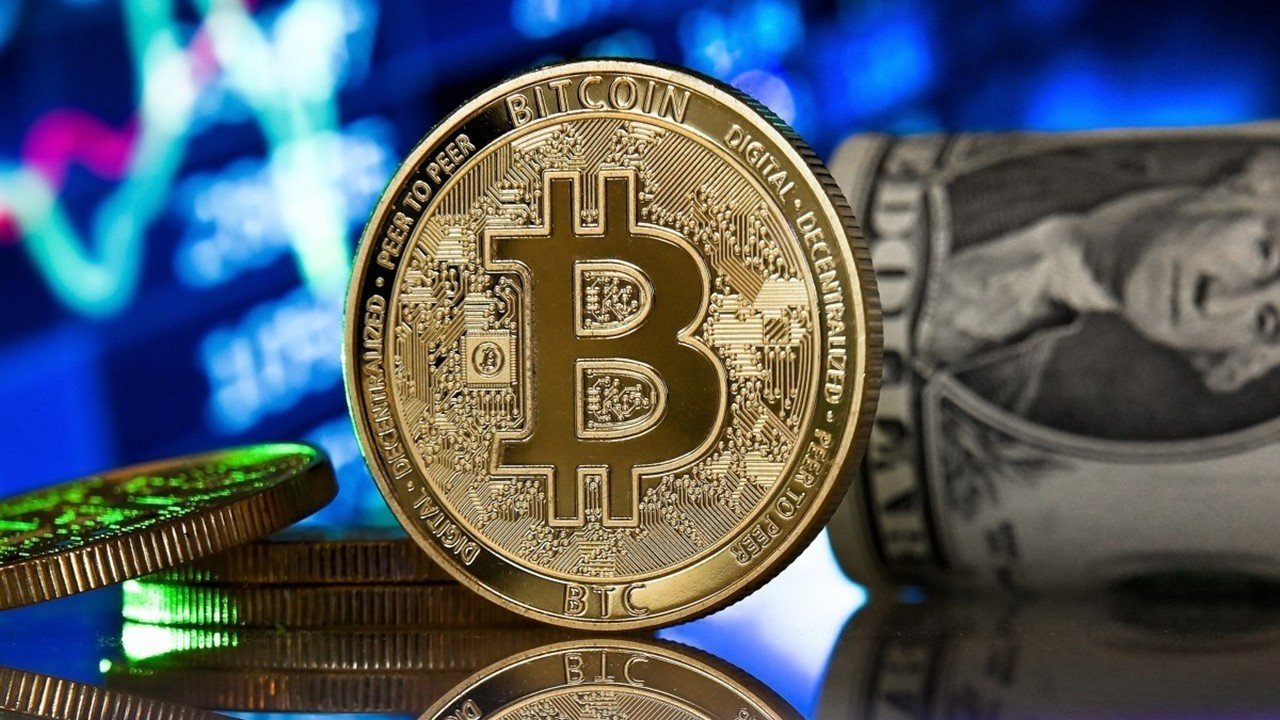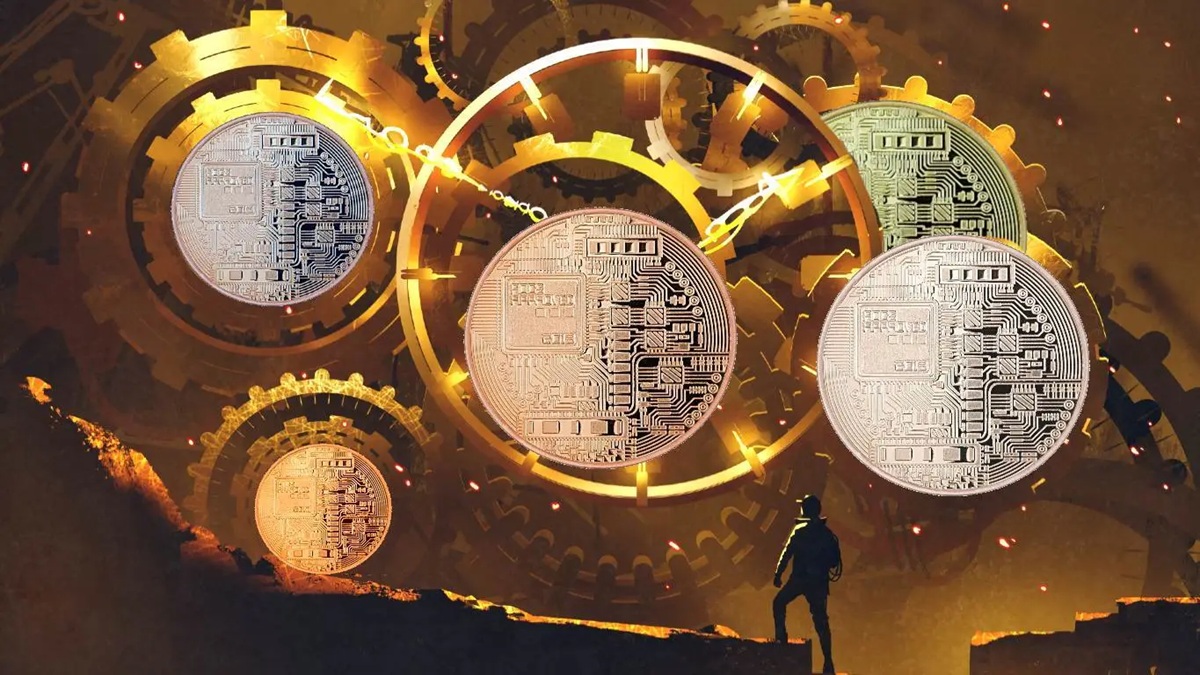Scammers continue to act, often under the guise of well-known companies, to reach a certain community. The new malicious attackers discovered by various experts, this time, hid behind the technology company Nvidia. Attackers welcome visitors in the company’s 30th anniversary 50 thousand Bitcoins launched a fake website inviting them to participate in a sweepstakes they handed out. However, scammers made the mistake of using the Nvidia logo in violet while the original logo was green.
The page includes a “Join” button, which when clicked promises to take the visitor to a page with detailed information about the sweepstakes. But the content is full of typos that are unacceptable for a reputable company like Nvidia. Page, Nvidia CEO Jensen Huang Encourages potential victims to donate before entering the draw. It is said that successful participants will be able to double their donations and even hit the ‘jackpot’ (50,000 BTC). The page contains crypto wallet credentials to which users will send their ‘donations’.
However, when the address of the scammers is checked, the total account balance is 0.42 BTC This seems to be much less than the advertised 50,000 Bitcoins (BTC). It is unclear whether the amount in question was generated by donations. However, a few transactions from unknown senders can be tracked in the account history.

What Should Be Done to Prevent Fraud, Save Money and Keep Personal Data Confidential?
- All links should be checked before clicking. You can hover over the link to preview the URL, look for typos or other irregularities.
- Fake websites can look just like real websites. The most distinguishing area is where links are likely to be misspelled. However, these links can be hidden to appear valid and redirect to a different page by impersonating the legitimate site. You should be very careful about this situation.
- To protect their data and finances, make sure the online payment page is secure. It should be checked whether the URL of the web page starts with HTTPS instead of normal HTTP. A lock icon appears next to the URL and address bar, shown in green in some browsers. If these features are not available, it should not be continued.





